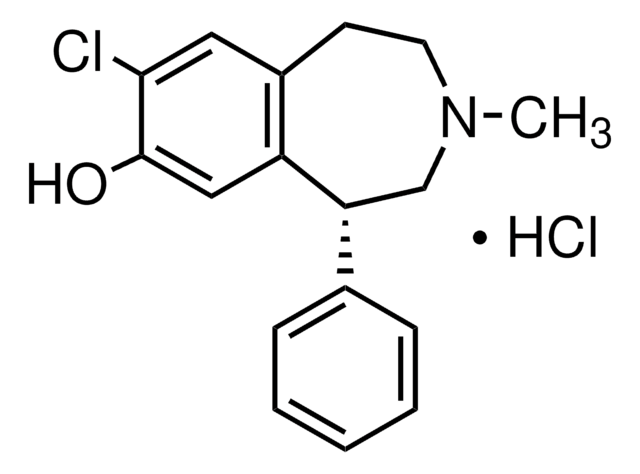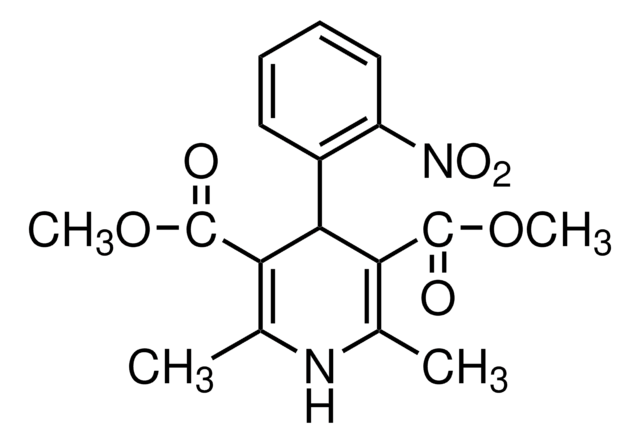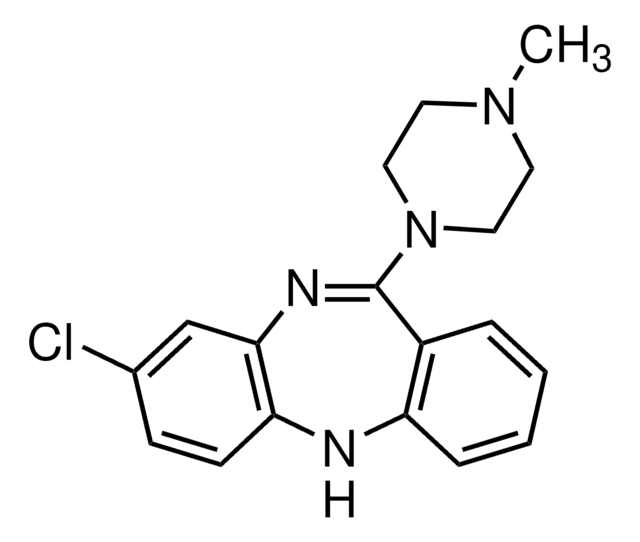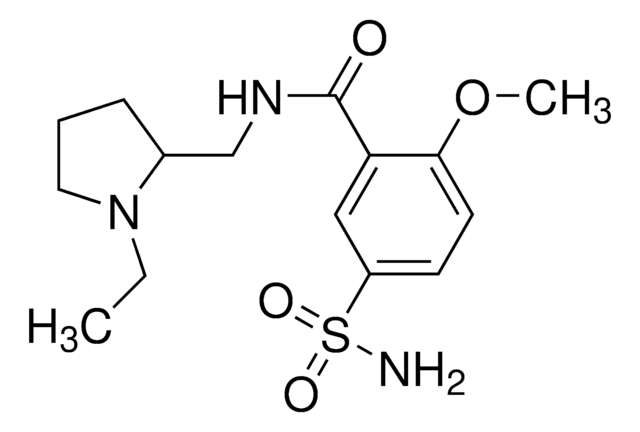Wichtige Dokumente
SML2591
SCH-39166 hydrobromide
≥98% (HPLC)
Synonym(e):
(-)-trans-6,7,7a,8,9,13b-Hexahydro-3-chloro-2-hydroxy-N-methyl- 5H-benzo[d]naptho-(2,1-b)azepine hydrobromide, (6aS,13bR)-11-Chloro-6,6a,7,8,9,13b-hexahydro-7-methyl-5H-benzo[d]naphth[2,1-b]azepin-12-ol hydrobromide, (6aS-trans)-11-Chloro-6,6a,7,8,9,13b-hexahydro-7-methyl-5H-Benzo[d]naphth[2,1-b]azepin-12-ol hydrobromide, Ecopipam hydrobromide, PSYRX 101 hydrobromide, PSYRX-101 hydrobromide, PSYRX101 hydrobromide, SCH 39166 hydrobromide, SCH39166 hydrobromide
About This Item
Empfohlene Produkte
Assay
≥98% (HPLC)
Form
powder
Lagerbedingungen
desiccated
Farbe
white to beige
Löslichkeit
DMSO: 2 mg/mL, clear
Lagertemp.
2-8°C
Biochem./physiol. Wirkung
Hier finden Sie alle aktuellen Versionen:
Analysenzertifikate (COA)
It looks like we've run into a problem, but you can still download Certificates of Analysis from our Dokumente section.
Wenn Sie Hilfe benötigen, wenden Sie sich bitte an Kundensupport
Besitzen Sie dieses Produkt bereits?
In der Dokumentenbibliothek finden Sie die Dokumentation zu den Produkten, die Sie kürzlich erworben haben.
Unser Team von Wissenschaftlern verfügt über Erfahrung in allen Forschungsbereichen einschließlich Life Science, Materialwissenschaften, chemischer Synthese, Chromatographie, Analytik und vielen mehr..
Setzen Sie sich mit dem technischen Dienst in Verbindung.








